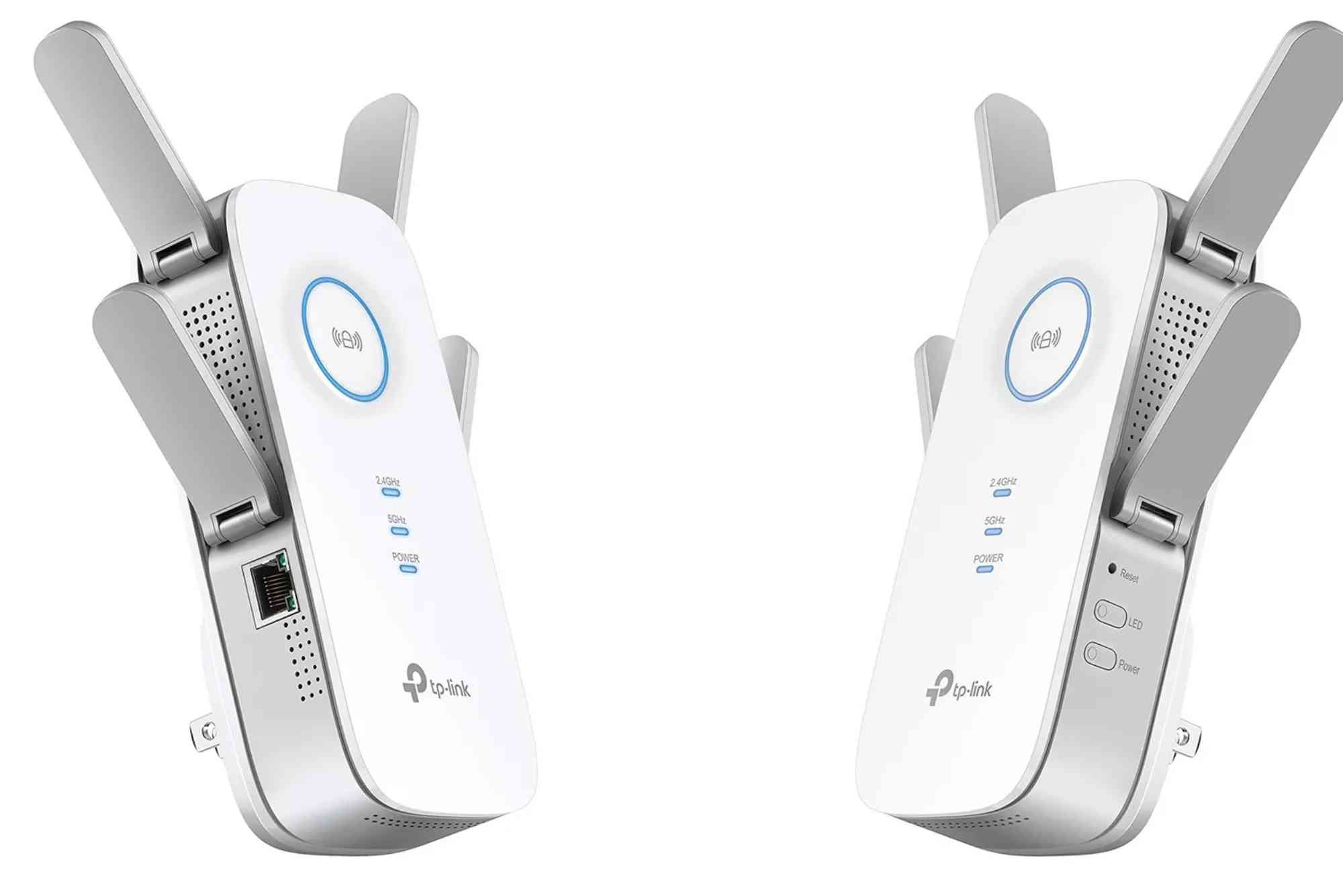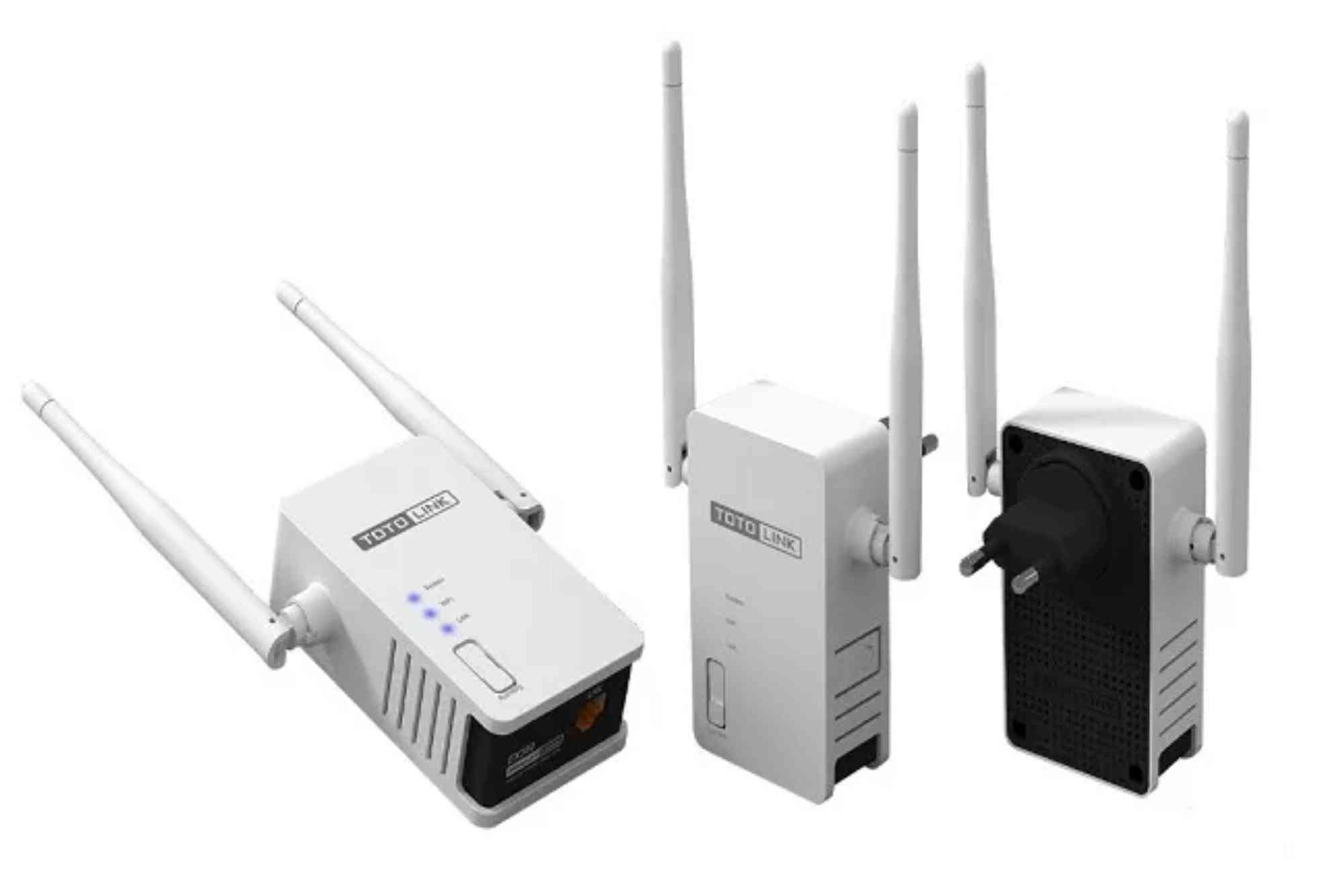How to Fix Wi-Fi Adapter Not Working on Windows
If your Wi-Fi adapter is not working on Windows, it can be incredibly frustrating. Suddenly, you cannot connect to the internet, which interrupts work, streaming, or browsing. Thankfully, this issue is common, and there are several proven methods to fix it.
In this guide, we will cover step-by-step troubleshooting techniques to resolve Wi-Fi adapter not working errors in Windows. Whether it’s a driver issue, a settings misconfiguration, or a hardware fault, these methods will help you get back online quickly.
Common Reasons Why Wi-Fi Adapter Stops Working
Before we move to solutions, it’s helpful to understand what causes the problem.
Outdated or Corrupted Drivers
Wi-Fi adapters rely on drivers. If they are outdated, corrupted, or missing, the adapter may stop working.
Disabled Network Adapter
Sometimes the adapter is disabled accidentally in Device Manager or Network settings.
System Updates or Rollbacks
Windows updates can occasionally break compatibility with network drivers.
Hardware Issues
Faulty Wi-Fi adapters, damaged antennas, or loose connections may also prevent it from working.
Power Settings Misconfiguration
Windows power-saving features can disable the adapter to save energy.
How to Fix Wi-Fi Adapter Not Working on Windows
Follow these methods step by step. Start with the simpler fixes before moving on to advanced troubleshooting.
Restart Your Computer and Router
The first step is often the simplest: restart your PC and router. Many temporary glitches disappear with a reboot.
- Turn off your router and modem.
- Restart your computer.
- Power on the router after 30 seconds.
- Check if the Wi-Fi adapter is working again.
Enable Wi-Fi Adapter in Device Manager
Sometimes, the adapter is disabled.
- Press Windows + X and select Device Manager.
- Expand Network Adapters.
- Right-click on your Wi-Fi adapter and select Enable.
- Restart your PC to apply changes.
Update or Reinstall Wi-Fi Drivers
Driver issues are the most common cause of a Wi-Fi adapter not working.
Update Driver
- Open Device Manager.
- Right-click your Wi-Fi adapter.
- Select Update Driver → Search automatically for drivers.
Reinstall Driver
- Right-click your adapter and select Uninstall device.
- Restart your PC.
- Windows will reinstall the driver automatically.
If this fails, download drivers from your manufacturer’s website.
Check Windows Network Settings
Run the Network Troubleshooter
- Open Settings > Network & Internet.
- Click Status → Network Troubleshooter.
- Follow the on-screen instructions.
Reset Network Settings
- Go to Settings > Network & Internet > Status.
- Scroll down and click Network reset.
- Restart your PC.
Disable Power Saving Mode for Adapter
Power-saving settings can cause disconnection.
- Open Device Manager.
- Right-click your Wi-Fi adapter → Properties.
- Go to the Power Management tab.
- Uncheck Allow the computer to turn off this device to save power.
Check Windows Services
Some Windows services must run for Wi-Fi to work.
Press Windows + R, type services.msc, and hit Enter.
Ensure these services are Running and set to Automatic:
- WLAN AutoConfig
- Network Connections
- Network Setup Service
Roll Back or Update Windows
If the Wi-Fi adapter not working issue started after an update:
- Roll Back Update: Go to Settings > Update & Security > Recovery.
- Update Windows: Sometimes installing the latest patches fixes driver conflicts.
Try an External USB Wi-Fi Adapter
If all else fails, your internal adapter might be faulty. Dhanote Internet Services An affordable fix is using an external USB Wi-Fi adapter.
Advanced Fixes
If none of the above works, consider these advanced steps:
Reset TCP/IP Stack
Open Command Prompt as Administrator.
Type:
netsh int ip reset
netsh winsock reset
ipconfig /release
ipconfig /renew
ipconfig /flushdns
Restart your PC.
BIOS/UEFI Check
Sometimes Wi-Fi adapters are disabled in BIOS. Restart your PC, enter BIOS, and ensure wireless is enabled.
FAQs
Why is my Wi-Fi adapter not detected in Windows?
This usually happens due to missing or corrupted drivers, disabled adapters, or hardware faults.
How do I know if my Wi-Fi adapter is faulty?
If the adapter is not visible in Device Manager even after driver reinstallation, it may be physically damaged.
Can a Windows update cause Wi-Fi adapter not working issues?
Yes, some updates can break driver compatibility. Rolling back or updating drivers can fix it.
How do I reinstall my Wi-Fi adapter?
Uninstall it from Device Manager and restart your computer. Windows will reinstall it automatically.
Do I need to replace my Wi-Fi adapter?
If all troubleshooting fails and the adapter still doesn’t work, replacing it with a USB Wi-Fi adapter is a cost-effective solution.
Dealing with a Wi-Fi adapter not working problem can be annoying, but with the right steps, you can fix it quickly. From simple restarts and driver updates to advanced network resets, these methods cover all scenarios.








